These Gluten Free Soft Dinner Rolls are the kind you lovingly pull apart and slather with butter while still warm. Using the tips I've learned over 15 years of baking gluten free, this is the recipe for yeasted dinner buns you want to keep. With sweet and savoury variations this is the kind of basic recipe gluten free bakers love!

I developed this recipe for a private cooking class where we made two different recipes and did a head-to-head comparison. These soft dinner rolls were the clear winner. Serve them with homemade soup, chili or enjoy them while you're still in the kitchen. My mom would cover them with jam.
Jump to:
Ingredients
There is no single flour blend that can make all gluten free recipes. I love using my everyday GF flour blend for muffins, pancakes, pastry, cinnamon rolls and so much more. It does not work in most yeast bread recipes, including this one.
- milk
- active dry yeast
- sugar
- potato starch
- white rice flour
- brown rice flour
- tapioca starch
- sweet rice flour (or sorghum flour)
- xanthan gum
- baking powder
- egg
- vegetable oil
- honey
- butter
See recipe card for exact amounts.
Instructions for Dinner Rolls
The good news is that once you learn the differences about baking with gluten free flour you can eat your way to success. One recipe at a time.
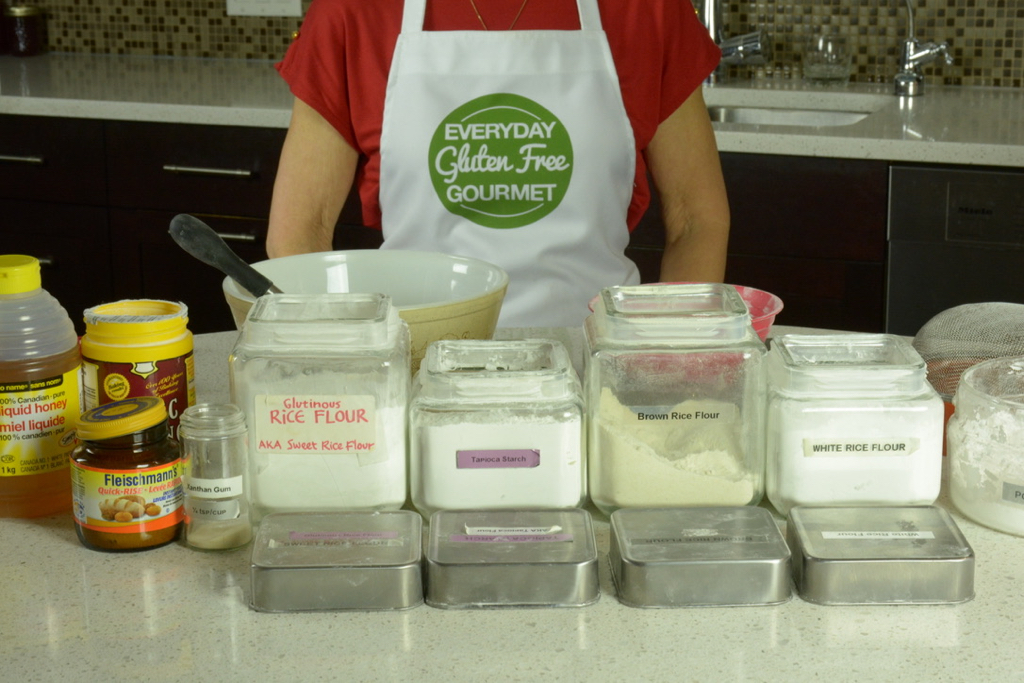

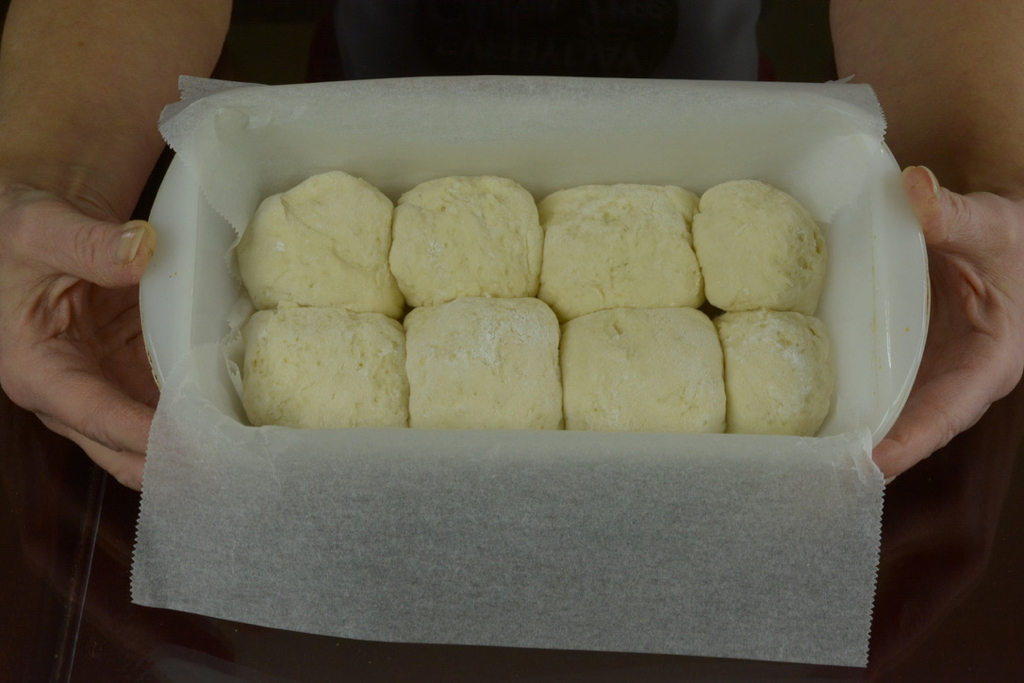

I call the tips and tricks the New Basics and I write about them all the time. You'll find many tips in my recipe descriptions but also in these blog posts.
- Gluten Free Baking By Weight
- Tips for Making Gluten Free Cookies
- Tips for Making Gluten Free Pastry
- My 12-post HOW TO series starting with How To Use Rice Flour in Gluten Free Baking
Variations
Make sweet and savoury variations of this recipe, even Monkey Bread, a sweet pull-apart bread baked in a Bundt pan. Small dough balls are dipped in butter, rolled in cinnamon sugar and placed on top of each other in the pan.
5 Tips For Gluten Free Yeast Breads
America’s Test Kitchen is my most reliable source for the chemistry of baking and understanding why things work, or don’t work, with gluten free flour. I trust them and use that knowledge when I’m in the kitchen.
- No single gluten free flour can mimic all the properties of wheat flour. A precise combination of individual flours and starches will always give the best results.
- Xanthan gum and psyllium husk powder are important binders used in yeast bread recipes. This recipe uses xanthan gum only.
- Psyllium husk powder has a high viscosity so is able to bind water more effectively than xanthan gum. It creates a sturdy network with the proteins in gluten free flours and adds a wheat flavour to baking that works well in yeast breads.
- Egg helps with structure in gluten free baking so sometimes there is egg in a recipe where you wouldn’t expect it.
- Resting time is important to allow the completion of the structure of gluten free baked goods. If you taste your dinner rolls right out of the oven they may be gummy or undercooked. Wait and taste again! That’s how you’ll learn how many minutes they should rest.
Best Kitchen Tools for Gluten Free Bakers
Every kitchen needs basic tools like these to make the foods you love.
- A kitchen timer is essential for baking.
- Use a wire whisk to thoroughly combine the dry ingredients.
- A strainer turns lumpy potato starch into the fine texture needed for baking.
- Dinner rolls can be made in a simple glass loaf pan or a round cake pan.
- Parchment paper is the ticket to easily transfer your baking to a wire rack.
- From America's Test Kitchen: The How Can It Be Gluten Free Cookbook, Volume 2 The How Can It Be Gluten Free Cookbook and their newest book, How Can It Be Gluten Free Collection; 350 Groundbreaking Recipes For All Your Favourites. All great resources!
Top Tip for Gluten Free Dinner Rolls
Create a system for measuring flour. Check out my system in this post, EGFG gluten free flour blend. That recipe has four flours/starches but it's the set-up and the tools that lets me make my flour blend in under three minutes. For different recipes like these dinner rolls, I pull out the main bucket, grab my other flours and quickly combine the dry ingredients for this recipe.
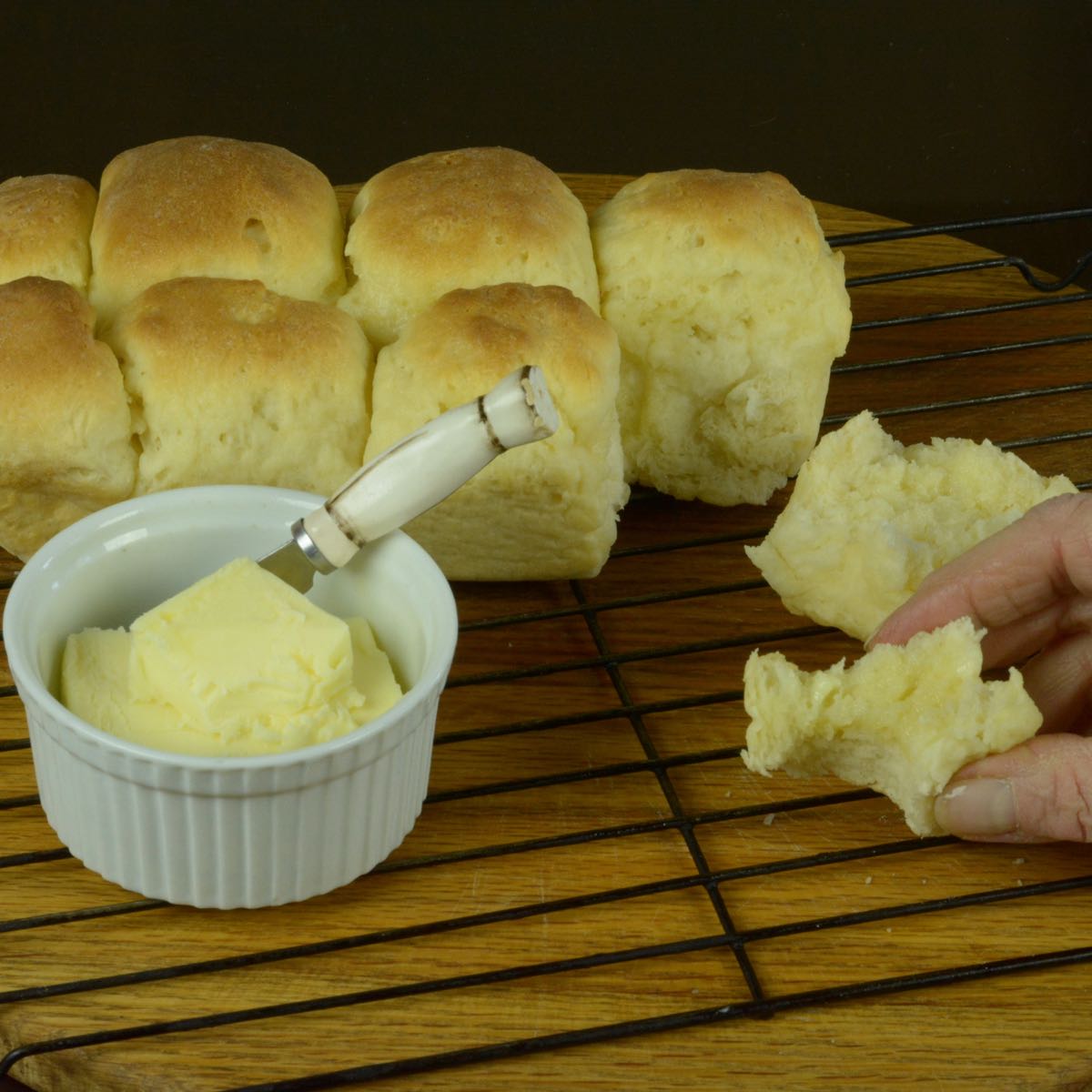
Gluten Free Soft Dinner Rolls
Ingredients
Proof Yeast
- ½ cup warm milk , 105-110ºF (I use 2% milk)
- 2¼ teaspoon active dry yeast
- ½ teaspoon sugar
DRY INGREDIENTS
- 65 grams potato starch
- 55 grams white rice flour
- 50 grams brown rice flour
- 30 grams tapioca starch
- 16 grams sweet rice flour (or sorghum flour)
- 1½ teaspoon xanthan gum
- 1 teaspoon baking powder
- ½ teaspoon salt
WET INGREDIENTS
- 1 egg
- 3 tablespoon vegetable oil
- 2 tablespoon honey
FINISHING
- sweet rice flour for sprinkling
- 2 tablespoon butter melted for brushing tops
Instructions
- Line a 9-inch loaf pan or an 8 or 9-inch round cake pan with parchment paper.
- Microwave milk for about 30 seconds to reach 105-110ºF. Add sugar and sprinkle yeast on top. Stir and let proof 10-15 minutes until frothy.
- Whisk dry ingredients together. Set aside.
- In the large bowl of a stand mixer add yeast mixture, egg, oil and honey. Mix on medium-low until combined.
- Turn mixer down to low and add dry ingredients to combine. Stop, scrape down sides of bowl then beat on medium for 1 minute.
- Using your hands work dough until smooth then turn out onto a floured counter. Sprinkle additional flour over the dough sparingly to prevent sticking.
- Divide the dough into 8 pieces. Flatten each piece slightly and shape into a circle then bring the edges together at the bottom to form a ball. Arrange in the loaf pan.
- Cover with a clean kitchen towel and let rise for 1 hour.
- Preheat oven to 350ºF at least 30 minutes before baking.
- Brush rolls with 1 tablespoon of melted butter. Bake 20-24 minutes, until internal temperature reaches 175ºF.
- Set on cooling rack and immediately brush with the final tablespoon of melted butter. Let cool 5 minutes, transfer rolls with parchment to wire rack. Cool another 5 minutes.
- Remove parchment and allow to cool another 5-10 minutes before tasting.*
- Dinner rolls are best served while warm. Store leftovers in an airtight container. Keep in the fridge for a few days or frozen up to 2 weeks.
Notes
Nutrition
__________________________________________________________________________
New here? I've got help to get you from overwhelmed and frustrated to confidently cooking gluten free food the whole family wants to eat. Subscribe and get your free resource, 29 Tips for GF flour.
🎉 I made it into the Top 100 Gluten Free Blogs for 2025 and the Top 40 Gourmet Food Blogs. To learn all the ways I can help you click here, Everyday Gluten Free Gourmet.
_________________________________________________________________________

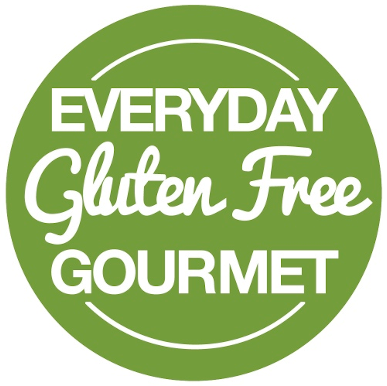
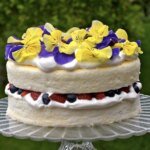
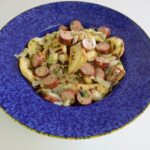

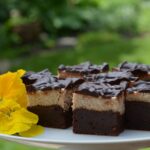

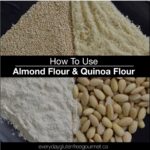
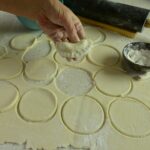
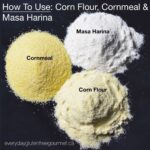
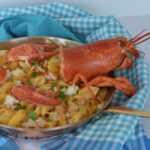
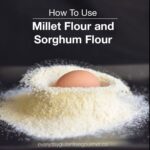
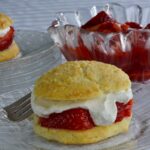
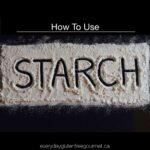

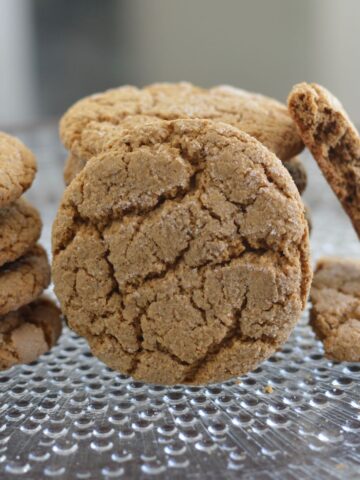
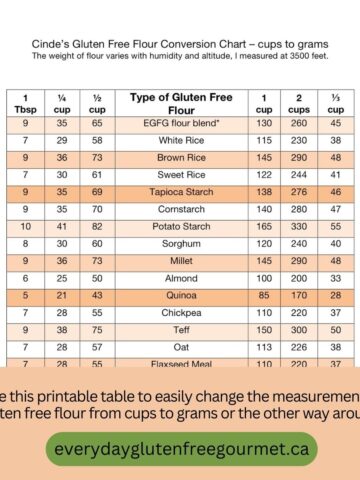
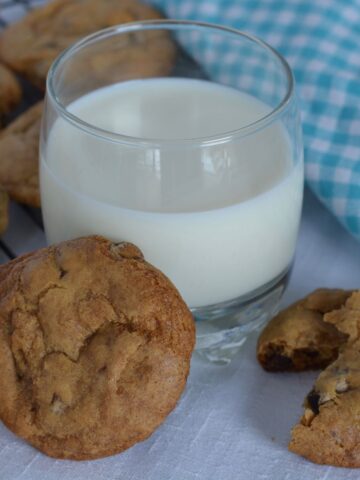
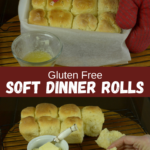
Elizabeth Reilly
Hi Cindi. Can I use Caputo Fioreglut gluten free flour for these rolls?
Thank you
Elizabeth
Cinde Little
Hi Elizabeth, I am going to refer you to the Caputo website where they have 16 recipes made with their gluten free flour. They do not have dinner rolls but they have 2 bread recipes, focaccia and a hamburger bun. The pizzas I've made are quite chewy, more so than my other gf pizza dough recipes. The hamburger bun might be closest to the lighter texture you want in a dinner roll. It will take a bit of practice to see how this blend works so I'm going to try their recipes first. Let me know what you learn!
Tannis Williams
Cinde, I was wondering if you tried the recipe with the physillium powder too? Also, could the rolls be made and frozen to have on hand.? Thks t
Cinde Little
Hi Tannis! If you asked me about GF yeast breads I'd suggest choosing recipes that include psyllium husk powder. For this recipe I was testing and comparing 4 similar recipes and 2 of them did have psyllium husk powder. We didn't like the taste of those so this recipe was the clear winner. If you like the taste of these or you're just up for trying, I'd replace the 1 1/2 tsp of xanthan with twice as much psyllium, 3 tsp (1 Tbsp). Some sources even say to triple the amount. BAKING POWDER: I'm not sure if you would still need the baking powder but on your first attempt I'd keep it in this recipe. FREEZING: I'm going to say absolutely yes (even though I didn't try it). I freeze many other baked goods (cinnamon rolls this week) and freezing them raw always gives the best fresh baked result. You've got your work cut out for you so give those things a try and let me know what you learn.
Swati
Hello
This was great recipe. May I know can I use whey protein powder to replace eggs please,
Thank you
Cinde Little
Hi Swati. I've never used whey protein powder in baking but a quick search tells me you can use it to replace an egg. The catch is that you need to also add water since a real egg is more than just the whey protein. 1 egg measures about 1/4 cup but I can't say how much water you would need to make this recipe work. There begins the trial and error process for anyone baking on a restricted diet. If you have made other recipes substituting whey protein powder then you probably have a good idea. If you haven't I always recommend trying substitutions in easy recipes like pancakes and muffins before you try it in yeast breads. I hope that helps Swati. Happy baking!